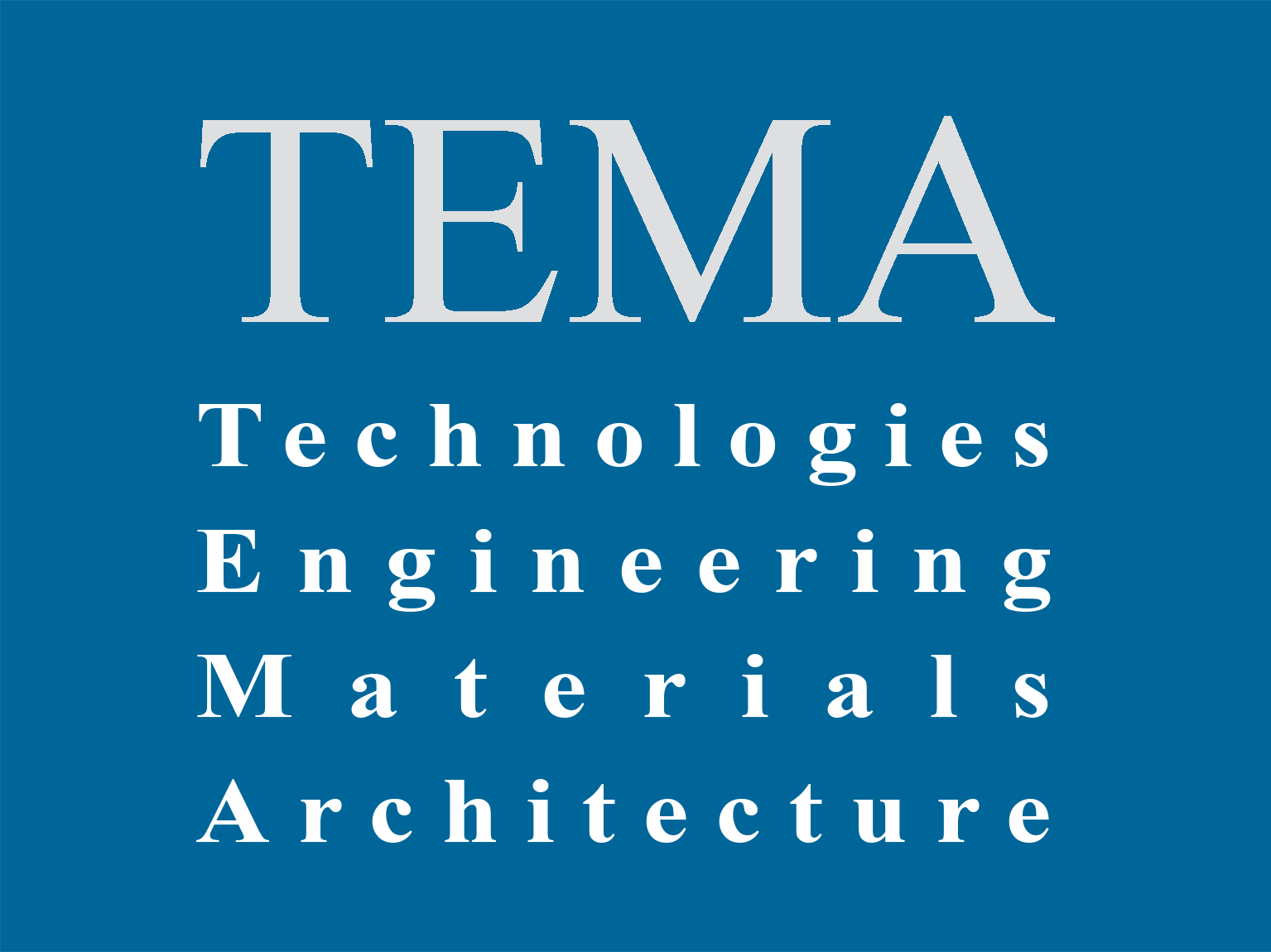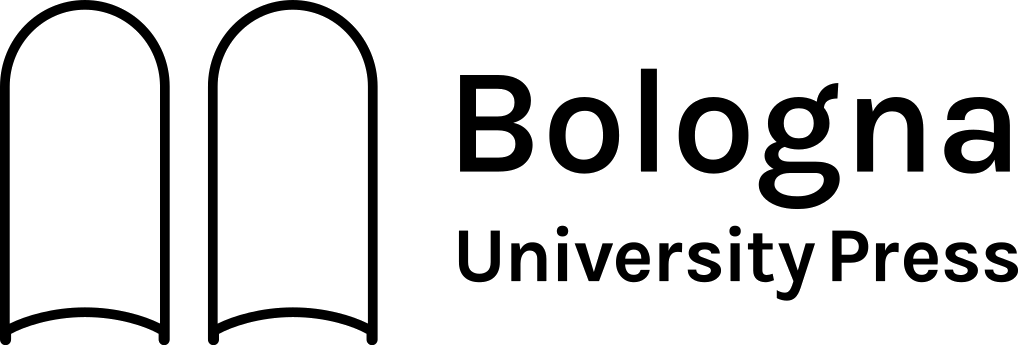Aims and Scope
TEMA is the scientific journal of Ar.Tec., the Italian Society of Architectural Engineering.
TEMA promotes studies and research on building construction history, methods and technologies addressed to the innovation and preservation of buildings.
TEMA comprises three peer-reviewed sections:
- Construction history and preservation,
- Construction and building performance,
- Building design and techniques.
TEMA also accepts technical notes and book reviews.
TEMA has been indexed on several international databases.
Publication Frequency and Structure
TEMA publishes at least twice a year. Each issue of TEMA begins with an Editorial written by the Director/Ar.Tec. President or by the Guest Editor of a specific Call for Papers, which illustrates and contextualizes the contents of the issue.
Subsequently, the Contributions (articles selected and subjected to double-blind peer review) are presented and grouped into thematic sections.
Peer Review Process
The peer review process is double-blind, whereby both referees and authors are kept anonymous.
The process is aimed at evaluating the quality, originality and relevance to the journal’s topics of a manuscript for publication, thus ensuring the preservation of the scientific research integrity and the enhancement of document quality.
The phases of the peer review process are outlined below.
- Paper Submission
The manuscript, along with all the supplementary documents (figures and tables included in the paper, Authors Agreement Form, valid Identity Document, optional cover letter, …), is submitted to the journal by the corresponding Author via the journal’s online submission system. The first use of the system requires user registration.
- First Editorial Evaluation
The Assistant Editors make a first check of the submitted paper verifying that it covers the journal’s topics, complies with the guidelines and that all data has been entered with the necessary anonymity to ensure the double-blind peer review process. If this first check is successful, then the paper is passed on to the next stage; if not, the paper is sent back to the author(s) with a letter explaining the reasons and requesting an amendment in case re-submission is to be attempted.
- Assignment to an Editor
The Assistant Editors assign the paper to an Editor who, after further checking of the paper, will assess which reviewers to assign, also considering reviewers the author(s) may have suggested during submission, ensuring the absence of conflicts of interest.
- Reviewer Invitation
The Editor contacts academics, experts, scientists that could be appropriate reviewers for the manuscript, taking special care to avoid conflicts of interest between the author(s) and the reviewer(s), in terms of affiliation and possible collaboration in projects or other research activities. Usually, the minimum required number of reviews per article is 2. The potential reviewers evaluate the review’s invitation on the basis of their expertise in the field of the topic addressed by the paper, their time availability and conflicts of interest, and communicate to the Editor their acceptance or rejection (suggesting alternative reviewers, if possible).
- Review Stage
The selected Reviewers examine the manuscript, possibly several times. A first reading is useful to form a general impression of the work. If major issues are found, Reviewers may reject the article (output: ‘Reject’). Otherwise, they carry out a more in-depth analysis, drafting a detailed review that is presented in the form of a final report that includes suggestions, recommendations and specific requests for additions and/or changes for the author (which can be entered directly into the digital platform or via an attached file). In addition, within the digital platform, Reviewers may insert further comments addressed to the Editor to explain the outcome of their review (output: ‘Accept’, ‘Minor Review’, ‘Major Review’).
- Review Evaluation and Decision Communication
The Editor collects all the reviews and decides about the paper. If the reviews diverge or if one or more reports are clearly biased, the Editor may contact additional reviewers.
- Editor in chief Assessment
The Editor in chief may be involved at this stage in case the Editor detects conflicts of interest between those involved in the process or finds it difficult to make a final decision on the paper. The Editor in chief assesses the situation based on all the evaluations gathered and gives his/her opinion on the outcome of the review round.
- Final Steps and possible process iteration
Once the decision is reached, the reviewers’ reports are forwarded to the Author(s). The identity of the reviewers is not disclosed. The Author(s) modifies the paper accordingly to the reviewers’ suggestions or make a rebuttal to any comments with which he/she disagrees. In case of major revisions, the revised manuscript may undergo a second round of peer-review. When only minor changes are requested the review follow-up as well as the final check is handled by the Editor. Once the manuscript is ready in its final form it is sent to the production.
In Press Articles
TEMA is committed to publishing the articles in the issue immediately after their acceptance through the double-blind review phase. In order to foster research content dissemination, the journal offers the possibility to publish accepted papers as In-Press Articles. This method, already practiced by numerous scientific journals, is intended as an additional and free service for the Authors as well as for the entire scientific community. This practice significantly accelerates the dissemination of contributions (with a fully citable format-DOI-Digital Object Identifier) compared to the longer times of publication of the complete issue.
To this end, after the explicit request of the Authors, the Editorial Board can activate the In-Press Article procedure for the articles accepted in the review phase after the content and metadata check.
Open Access Policy
TEMA provides immediate open access to its content on the principle that making research freely available to the public supports a greater global knowledge exchange.
This journal is published under a CC-BY 4.0 license (click here for more info)
This license allows anyone to download, reuse, reprint, modify, distribute and/or copy the final version of the papers. The works must be appropriately attributed to their author(s). It is not necessary to ask for further permissions both to the author(s) or the journal board, although you are kindly requested to inform the Journal Board of every reuse of the papers.
Authors who publish in this journal maintain copyrights.
Articles and submissions processing charges (APC)
TEMA, in order to cover the costs of production and management of the journal and the peer-review manuscript evaluation process, avails of a contribution for the editorial services offered (APC – Article Processing Charge) only if the article is accepted for publication after the double-blind peer review process and the possible revision of the manuscript.
The contribution for the publication of each paper amounts to:
- Euro 300,00 for Ar.Tec. Members;
- Euro 400,00 for authors who are not Ar.Tec. Members









